Whats an adventure without a little danger? D&D is chock full of danger, from terrible Liches, who wield armies of the undead, to beholders whose gaze causes madness to any who would encounter it. This list goes over all of the Categories of monsters, and gives a few examples. TO make a comprehensive list of all of the monsters in D&D would be a monumental undertaking
There are 14 categories of Monsters in D&D, each hailing from unique planes and having unique attributes:
Abberations
Aberrations have no place in the natural world, and many speculate that they actually hail from the far reaches of creation itself,
outside of the gods world itself. THe most well know aberration is Cthulhu, and his race of mind flayers and illithids. In the world of
D&D and and adorning the Cover of the players handbook, Beholders are another example of aberrations. Aberrations typically rely on
their unimaginably deviant existense to drive their victims mad.

Beasts
Beasts are on the opposite end of the spectrum from Aberrations. Beasts are a natural part of the world of Faerun, from foxes and birds to
dinosaurs and giant variants of typical creatures. They don't generally do a lot of complex scheming, and typically live by the had rules of
nature and natural selection, riding the line of ecological balance.
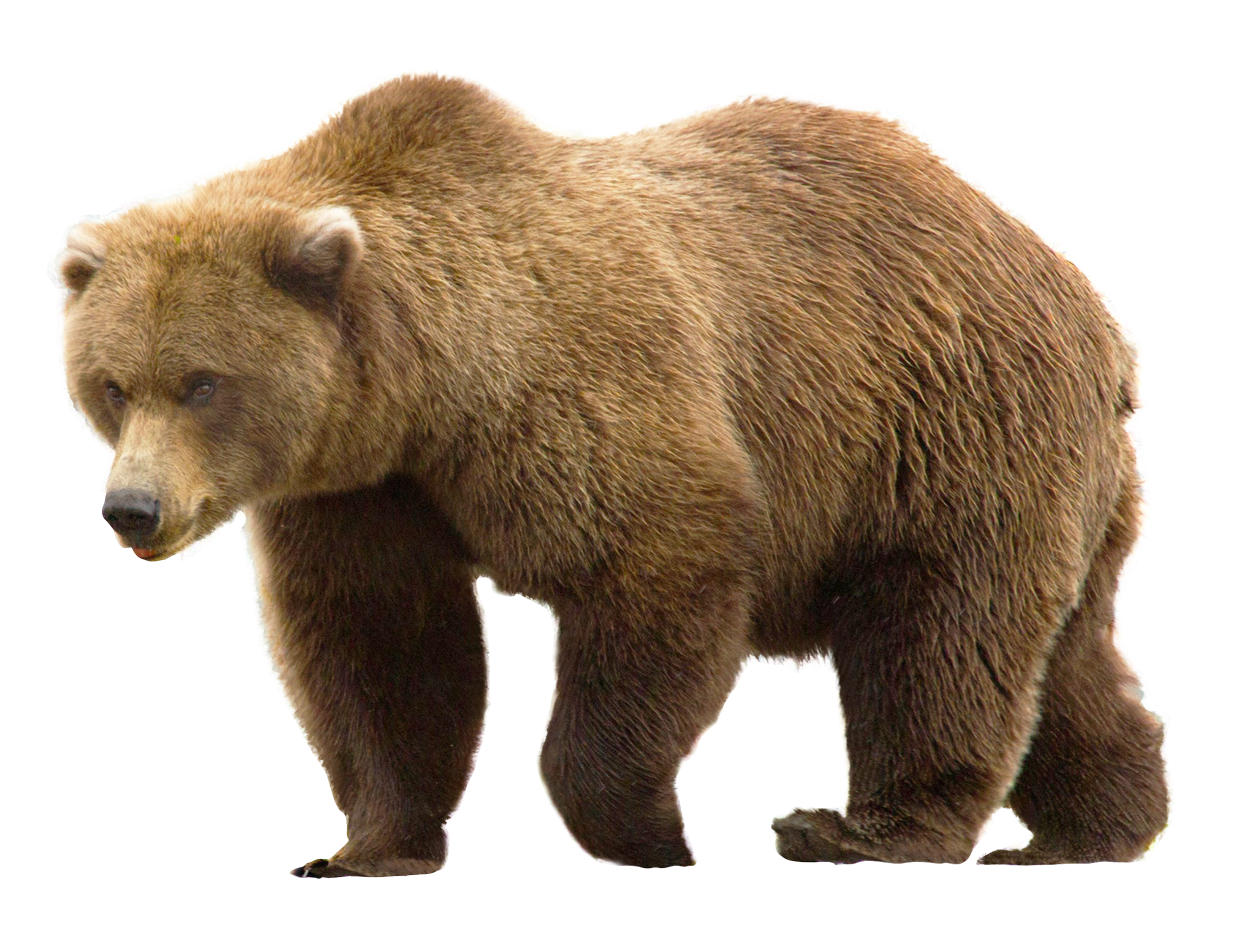
Celestials
Celestials are creatures native to the upper planes that usually serve the Gods, but are no gods themselves. They include Angels, Pegasi, and
other, typically benevolent creatures. there are rumored to be some celestial creatures that stray away from the path of light, and they are truly
terrible creatures.

Constructs
Not all of the creatures of Faerun are born. Constructs are created, usually by artificers or divine tinkerers. They are usually neutral and
don't cause a lot of trouble for the typical traveller. The rich and extensive history of the world tells of entire wars being fought with
autonymous creations who could not feel.

Dragons
Fantasy, Dragons. Is there a more decisive association? Probably not. Dragon hold a special place in the lore of D&D, where they play the
role of ancient and powerful god-tier beasts. bearing their own language and a legendary affinity for gold and treasures, Dragons have a
multitude of varieties, including Gold, Silver, Brass, Platinum, and nearly 20 others. Dragons are awesome.
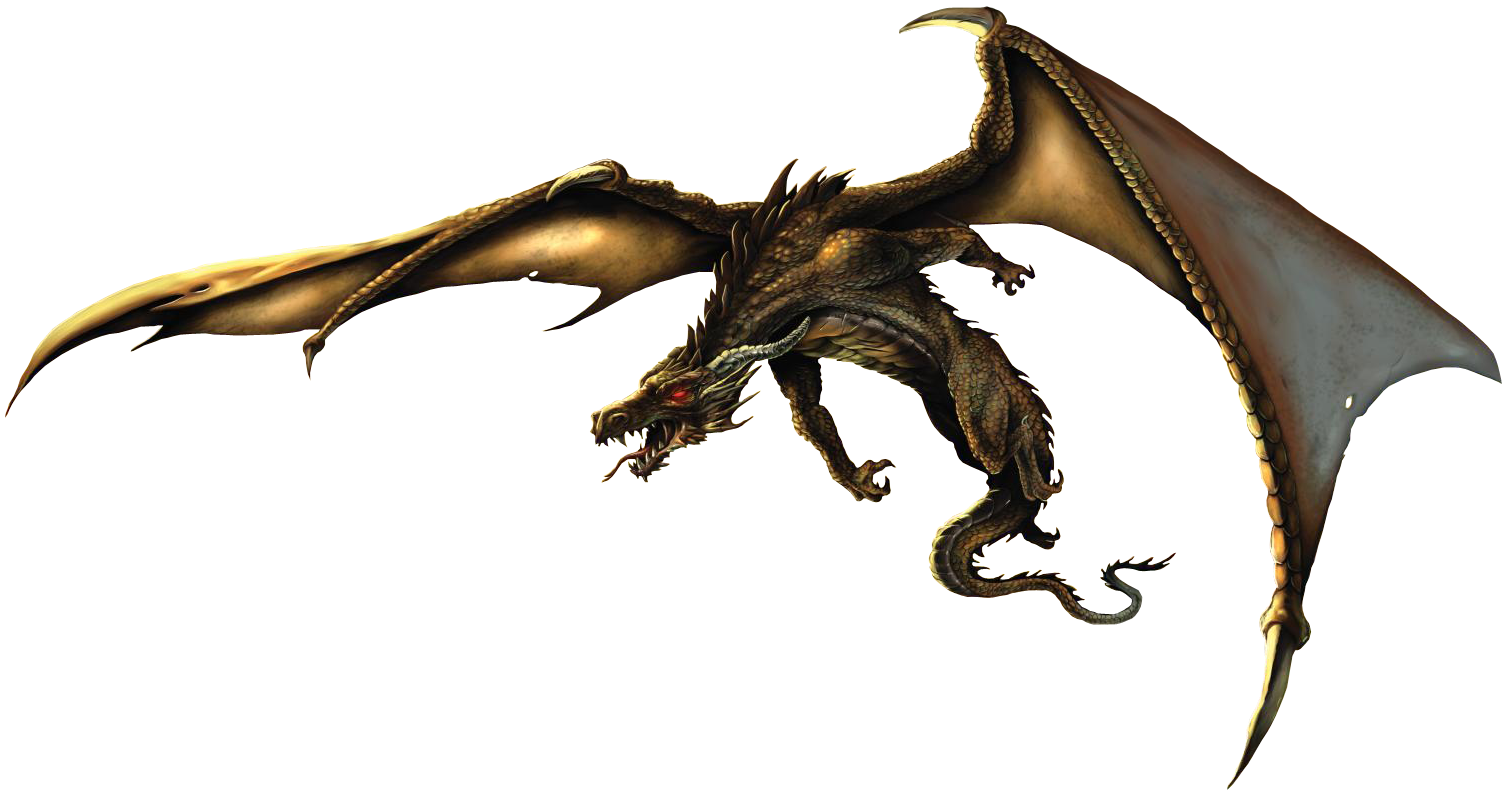
Elementals
Elementals are the native denizens of the Elemental planes. Elementals of Fire, Earth, Water, and Air. They embody the elements that they represent
in their purest form, radiating their respective energies and attacking in those elements. Typically, Elementals are Neutral, but if they are out of
their element or controlled by another creature, they tend to get a little cranky.

Fey
Fey are another quite famous race, as they are the fairies and the creatures that are native to the Feywilds. Pixies, Dryads, and Satyrs are all
Fey creatures, and they are known for their knack for mischief and a love of bliss and livelihood.

Fiends
While celestials are in service of the benevolent gods, fiends are the creatures that inhabit the lower planes, serving the devils and
archdevils that populate the nine hells and the evil planes. They exist in chaos and darkness and do the bidding of evil masters. Fiends are
usually the creatures that warlocks form pacts with, as they are the most eager to muck up lives and strike "fair" deals. Demons, Devils,
and Hellhounds are all fiends.

Giants
Giants are quite as their names suggest: very large. They can reach up to 20 feet tall and wield a titanic amount of strength, giving even experienced adventures quite the ordeal to go through in taking them down. Frost, fire, storm, hill, stone, and cloud giants are the primary and true giants, but ogres and trolls also fall under this distinction.
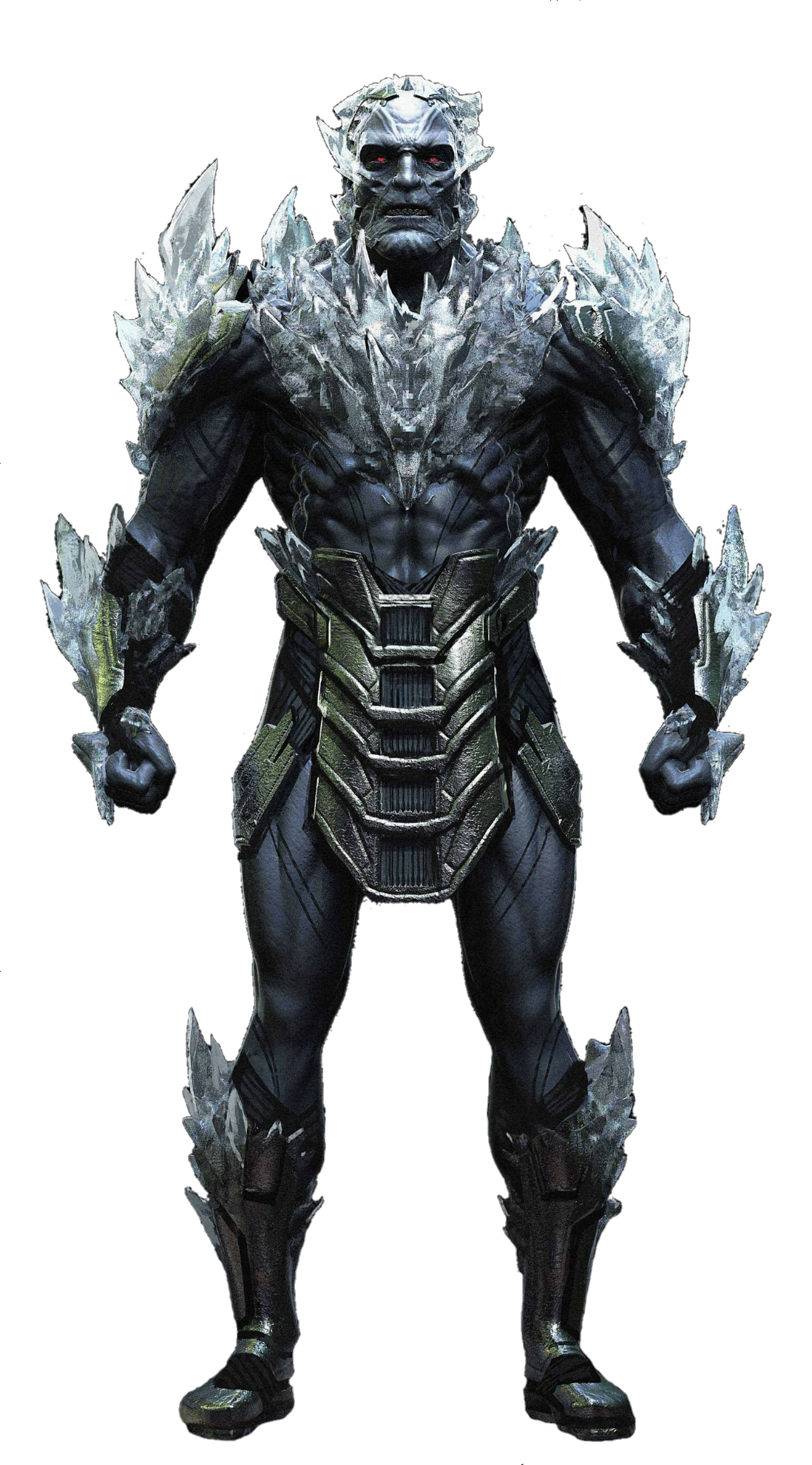
Humanoids
Humanoinds are among the more common races in the world, and quite honestly they are much better described on the Races page. But there are races beyond these, and they include Orcs, Goblins and Kobolds to name a few.
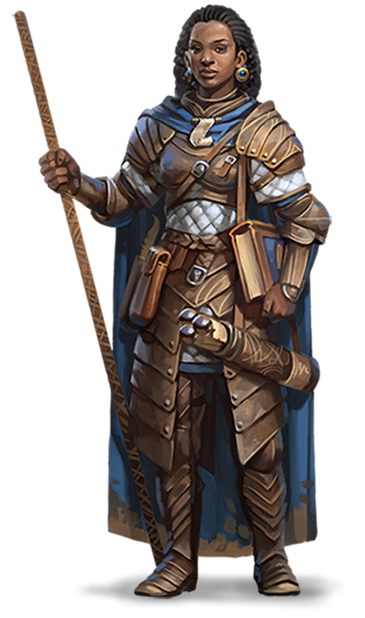
Monstrosities
Monstrosities are an interesting Category in that they serve as a cath-all for any creature that does not fall into another category. Minotaurs,
for example, fall into this category due to the fact that they are not as intelligent as most humanoids, but not natural like beasts. Some Monstrosities are brought into existense through experimentation, and others are generated by curses or terrible deformations.
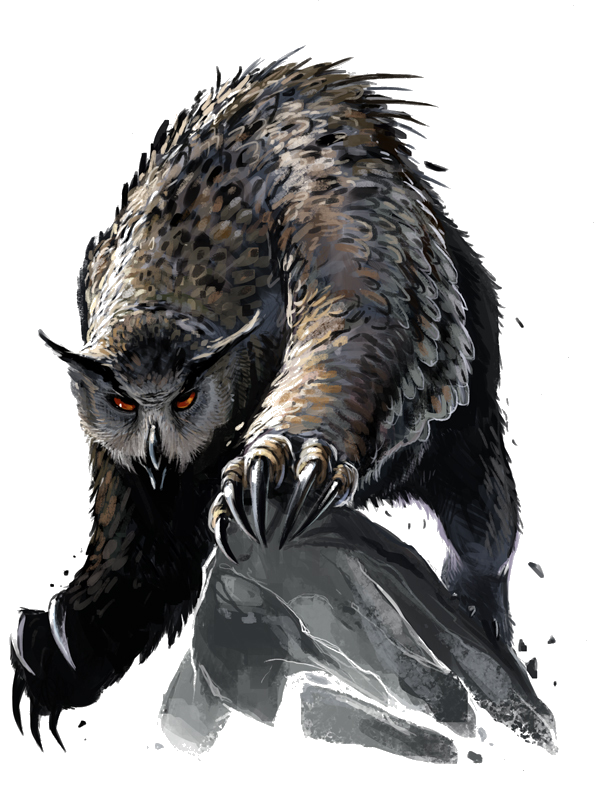
Oozes
OOZE that over in the corner? Well, if it's sly like a smile, grooves like a goo, and generally makes you uncomfortable, it's likely an ooze.
oozes like underground environments, so dungeons and caves make them happy...As happy as a slime can be, I suppose. Mostly, though, they are just kind of in the way and irratating to adventurers.
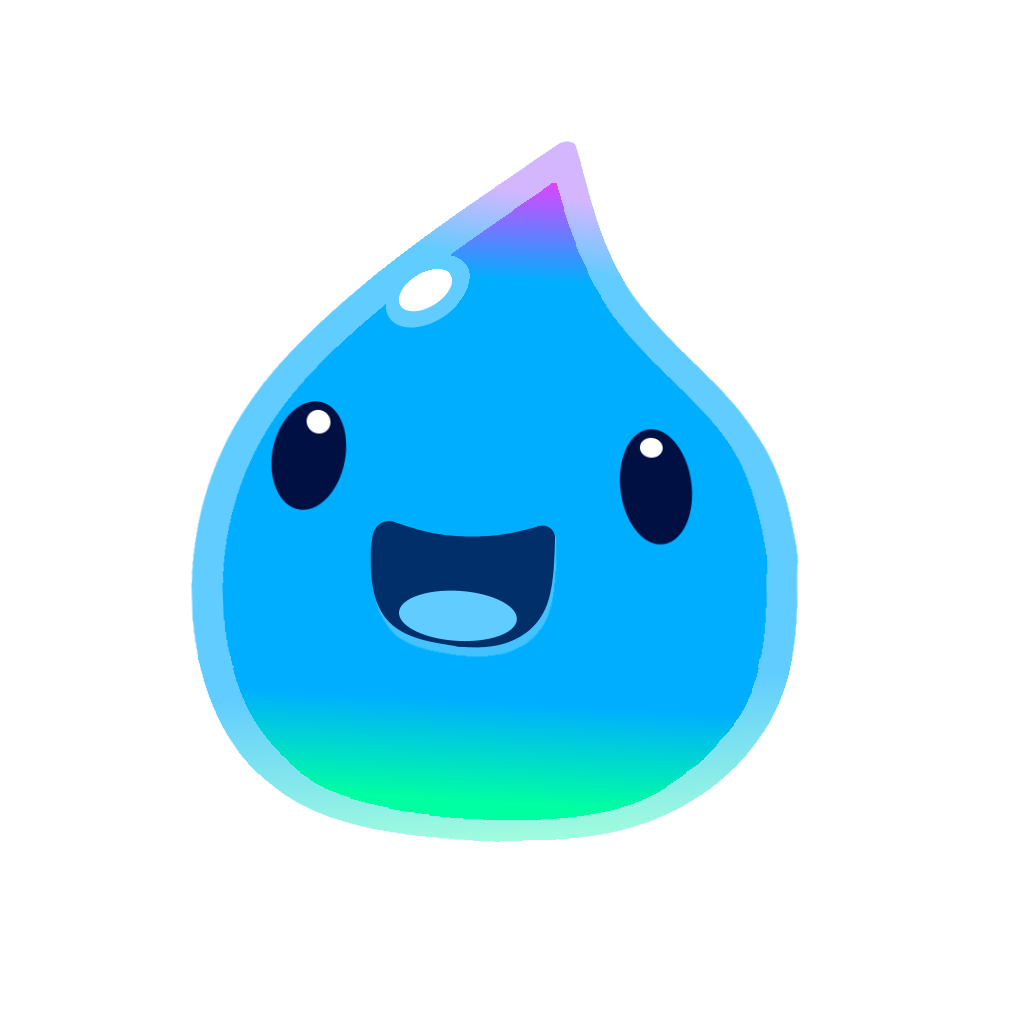
Plants
The garden is alive, and hoo boy, its angry. Plant monsters are like treants and mushroom creatures that take the shape of plants but exist to start nonsense and choose violence. Plant creatures are surprisingly uncommon, and can be summoned by spellwork or seeded by beng planted in spiritually charged places.

Undead
The armies of the undead are in a class all their own. THose whose life gets a sequel have an unfortunate lot for themselves. Sometimes the result of rogue magic or deliberate spellwork. of course, zombies fall into this category, but so do Skeletons and all manner of ghosts and ghoulies.

Abberations
Aberrations have no place in the natural world, and many speculate that they actually hail from the far reaches of creation itself, outside of the gods world itself. THe most well know aberration is Cthulhu, and his race of mind flayers and illithids. In the world of D&D and and adorning the Cover of the players handbook, Beholders are another example of aberrations. Aberrations typically rely on their unimaginably deviant existense to drive their victims mad.

Beasts
Beasts are on the opposite end of the spectrum from Aberrations. Beasts are a natural part of the world of Faerun, from foxes and birds to dinosaurs and giant variants of typical creatures. They don't generally do a lot of complex scheming, and typically live by the had rules of nature and natural selection, riding the line of ecological balance.

Celestials
Celestials are creatures native to the upper planes that usually serve the Gods, but are no gods themselves. They include Angels, Pegasi, and other, typically benevolent creatures. there are rumored to be some celestial creatures that stray away from the path of light, and they are truly terrible creatures.

Constructs
Not all of the creatures of Faerun are born. Constructs are created, usually by artificers or divine tinkerers. They are usually neutral and don't cause a lot of trouble for the typical traveller. The rich and extensive history of the world tells of entire wars being fought with autonymous creations who could not feel.

Dragons
Fantasy, Dragons. Is there a more decisive association? Probably not. Dragon hold a special place in the lore of D&D, where they play the role of ancient and powerful god-tier beasts. bearing their own language and a legendary affinity for gold and treasures, Dragons have a multitude of varieties, including Gold, Silver, Brass, Platinum, and nearly 20 others. Dragons are awesome.

Elementals
Elementals are the native denizens of the Elemental planes. Elementals of Fire, Earth, Water, and Air. They embody the elements that they represent in their purest form, radiating their respective energies and attacking in those elements. Typically, Elementals are Neutral, but if they are out of their element or controlled by another creature, they tend to get a little cranky.

Fey
Fey are another quite famous race, as they are the fairies and the creatures that are native to the Feywilds. Pixies, Dryads, and Satyrs are all Fey creatures, and they are known for their knack for mischief and a love of bliss and livelihood.

Fiends
While celestials are in service of the benevolent gods, fiends are the creatures that inhabit the lower planes, serving the devils and archdevils that populate the nine hells and the evil planes. They exist in chaos and darkness and do the bidding of evil masters. Fiends are usually the creatures that warlocks form pacts with, as they are the most eager to muck up lives and strike "fair" deals. Demons, Devils, and Hellhounds are all fiends.

Giants
Giants are quite as their names suggest: very large. They can reach up to 20 feet tall and wield a titanic amount of strength, giving even experienced adventures quite the ordeal to go through in taking them down. Frost, fire, storm, hill, stone, and cloud giants are the primary and true giants, but ogres and trolls also fall under this distinction.

Humanoids
Humanoinds are among the more common races in the world, and quite honestly they are much better described on the Races page. But there are races beyond these, and they include Orcs, Goblins and Kobolds to name a few.

Monstrosities
Monstrosities are an interesting Category in that they serve as a cath-all for any creature that does not fall into another category. Minotaurs, for example, fall into this category due to the fact that they are not as intelligent as most humanoids, but not natural like beasts. Some Monstrosities are brought into existense through experimentation, and others are generated by curses or terrible deformations.

Oozes
OOZE that over in the corner? Well, if it's sly like a smile, grooves like a goo, and generally makes you uncomfortable, it's likely an ooze. oozes like underground environments, so dungeons and caves make them happy...As happy as a slime can be, I suppose. Mostly, though, they are just kind of in the way and irratating to adventurers.

Plants
The garden is alive, and hoo boy, its angry. Plant monsters are like treants and mushroom creatures that take the shape of plants but exist to start nonsense and choose violence. Plant creatures are surprisingly uncommon, and can be summoned by spellwork or seeded by beng planted in spiritually charged places.

Undead
The armies of the undead are in a class all their own. THose whose life gets a sequel have an unfortunate lot for themselves. Sometimes the result of rogue magic or deliberate spellwork. of course, zombies fall into this category, but so do Skeletons and all manner of ghosts and ghoulies.

